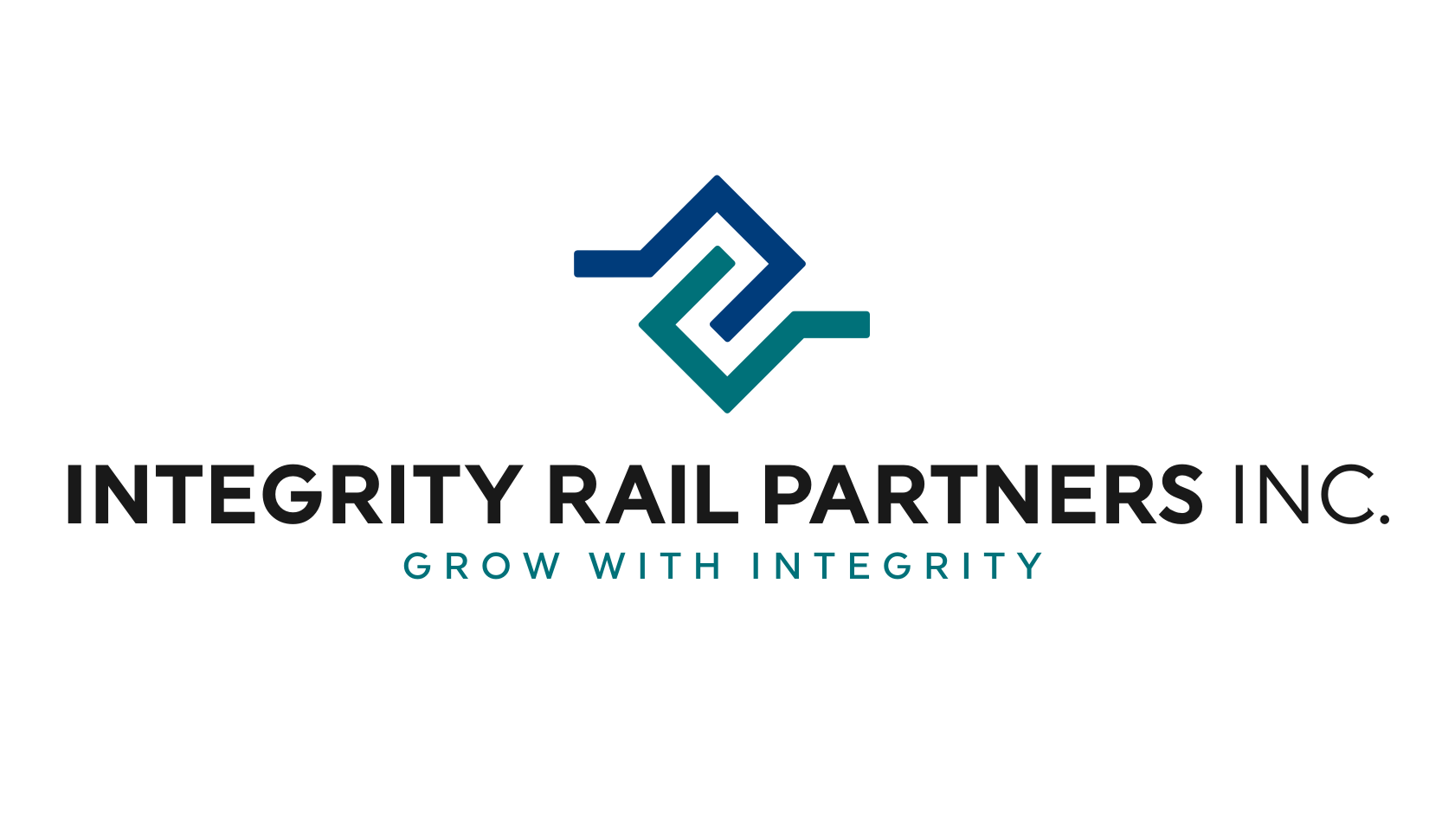All things considered, the rail equipment markets fared reasonably well in 2021. Even though the freight markets were schizophrenic and couldn’t figure out if they wanted to recover from the pandemic-induced recession or not, enough cars were brought back into service to bring the stored-car surplus down considerably.
In addition, steel prices were high which increased the scrap value of old and busted rail cars and induced many car owners to clean out significant portions of their surpluses. All told, the retirement rate easily exceeded 50,000 cars.
On the new car delivery side, 2021 started off slowly but picked up by the third and fourth quarters, finishing the year at 29,280 cars. However, this volume is well below the long-term fleet replacement level needed to keep the fleet current — which is 40-45,000 cars year-in and year-out.
The net effect on the overall fleet size was a 30,000-car reduction to about 1,636,000 cars today.
What’s in store for the railcar fleet in 2022?
Going into 2022, there is a lot more optimism about the rail equipment market than there was going into 2021.
New car deliveries are expected to total 43,656 cars, a 49% increase over, and could very well be the beginning of a multi-year build cycle. The principal driver? Equipment availability.
Freight improvements lead to reduced equipment availability since car supply tightens and draws more cars out of storage. At some point, new car demand is needed to fill the availability gap, and new car orders increase. New cars carry a new car price, both in terms of original equipment cost and lease rates. New car lease rates tend to pull up the lease prices of existing cars — and have a direct linkage to car availability or lack thereof — which is what started the chain of events in the first place.
Freight volumes will finally decide to have a sustained recovery, not 2021’s two steps forward, one step back pace. The rail car surpluses will continue to shrink, but at a slower pace than in 2021. Retirements will remain well above the long-term replacement trend. New car orders will be healthy-to-strong, with the backlog rising some — deliveries should mostly offset the order rate. Finally, and at least what the lessors have been waiting for… higher lease rates.
Next week I’ll drill down into how the major fleet segments will fare in 2022.

